Art World
A Look Ahead at Donald Trump’s Victory and the Coming Culture Wars
Battle lines have been drawn.
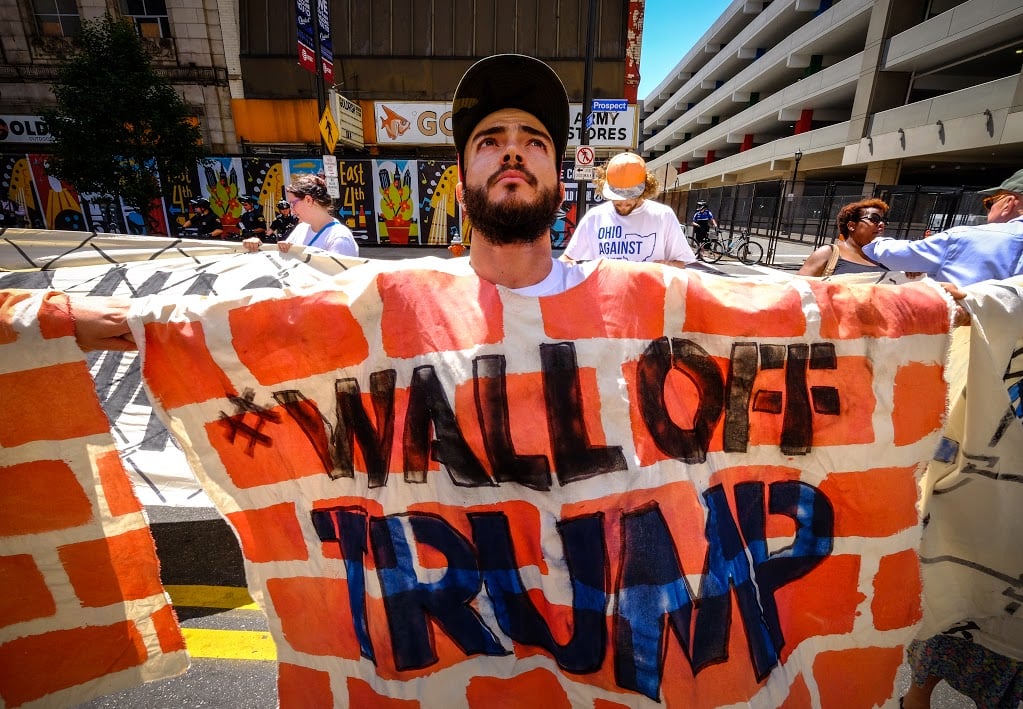
Battle lines have been drawn.

Very early on November 9—about a minute after permanent midnight—the stunned responses started rolling in. “WTF are you doing over there?” read a text from an English art dealer in Copenhagen. “The world just went off the rails,” emailed an artist from Dublin. “Winter is coming,” a curator from upstate New York posted, before receiving a barrage of emojis from her Instagram friends.
Because the art world overwhelmingly supported Democratic candidate Hillary Clinton for president (at least in public), Donald Trump’s stupefying election win was met less with considered responses, than with utter shock and disbelief.
There were, as expected, comforting messages on social media from some boldface names: Wolfgang Tillmans re-posted an image of the Statue of Liberty weeping; Tania Bruguera placed a black ribbon over a map of the United States; Vik Muniz posted an homage to Bas Jan Ader, titled, I am too sad to Tell You.
But it was playwright Lin-Manuel Miranda— liberalism’s poster boy for all things constitutional—who summed up the suffocating anxiety of the US creative classes best. He tweeted: “I said BREATHE. (I am talking to myself too, y’know).”
Yet relearning how to inhale under newly asphyxiating political and cultural circumstances is only part of the novel skill set art world liberals will have to successfully master to get through the next four years. As I write this, reports are coming in about pro-Trump youth driving around in their cars waving Confederate flags in Blacksburg, VA. In contrast, my 14-year-old son notified me yesterday morning that he was joining a school-approved march on Trump Plaza in Manhattan.
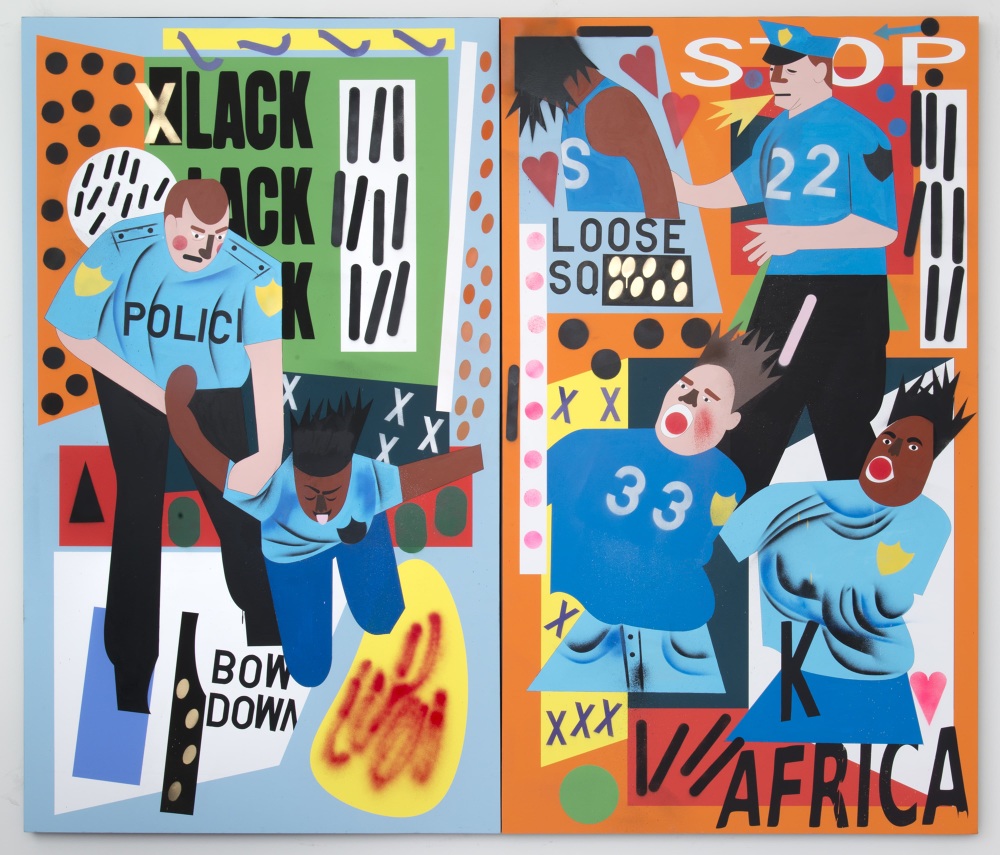
Nina Chanel Abney, What (2015). Courtesy of Monique Meloche.
Not even 24 hours after the Republican candidate declared victory, battle lines have been drawn not by veteran Republican and Democratic party hacks, but by some of the nation’s youngest citizens.
Which brings me to the important new responsibilities America’s creative classes will have to shoulder if they are to survive the glib swagger, the censoriousness and the anti-democratic bullying that will assuredly accompany the razor-thin mandate achieved by President Trump.
As a group that profoundly values free expression and also prizes difference and inclusivity, the art world will, at long last, have to concern itself with more than the financial consequences of this presidential candidate’s victory on the stock and auction markets (the latter will be put to the test next week). It will also need to properly prepare for what is sure to be a forthcoming culture war the likes of which this country has never seen.
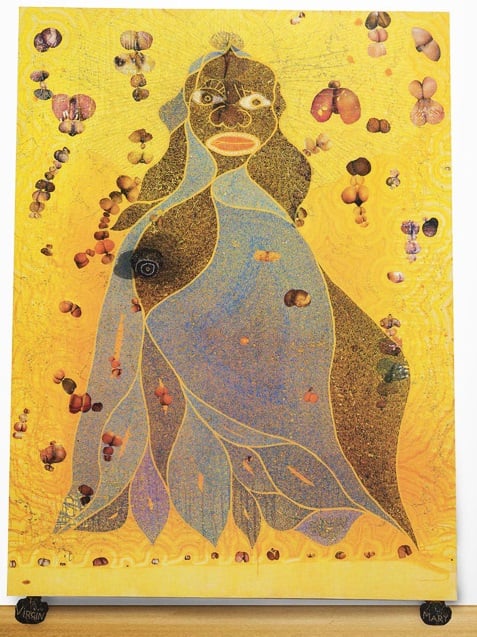
Chris Ofili, Holy Virgin Mary (1996). Courtesy of Saatchi Gallery.
In keeping with Trump’s xenophobic, race-baiting, sexist, authoritarian, and opportunistic rhetoric, the president-elect has opened a number of highly public geopolitical battlefronts. These include wars on, among other real and pseudo entities, Mexican immigrants, Islam, minorities, the Clintons, political elites and the so-called liberal media.
But a larger Trump enemy has gone mostly unmentioned, even as it looms larger than the sum of the real estate mogul’s individual targets. That enemy is critical culture—the kind that often challenges power in the name of tolerance, transparency, accuracy and sheer experimentation. Make no mistake: What Trump has done by leveraging white America’s mass delusion of ethnic decline is officially declare a war on culture.
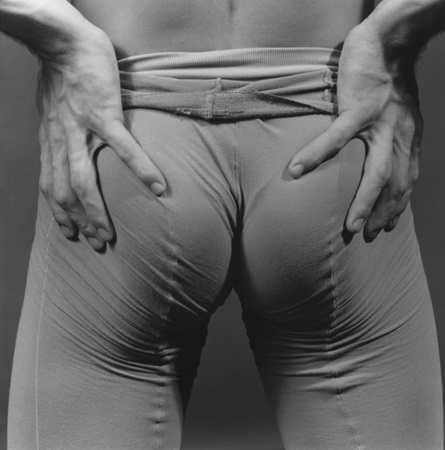
Robert Mapplethorpe Peter Reed (1980, printed: 2014) Courtesy Galerie Thomas Schulte.
Don’t believe me? Then consider Trump’s rogues’ gallery of advisors—the truth-challenged political consultant Newt Gingrich, New Jersey governor Chris Christie, and Trump’s chief campaign executive Steve Bannon, to name just a few—in the coming cabinet in-waiting. It’s no secret that former New York mayor Rudy Giuliani is also in line to be named US attorney general.
This is the same unscrupulous politician who threatened to evict the Brooklyn Museum from its premises in 1999 over that institution’s right to hang Chris Ofili’s painting The Holy Virgin Mary.
Here is my own frank, non-hyperventilating assessment of what is in store for the arts community in the next four years. I strongly predict a systemic, top-down, government-led campaign of disparagement and vilification of critical culture—the kind that would make Robert Mapplethorpe’s leather whip curl.
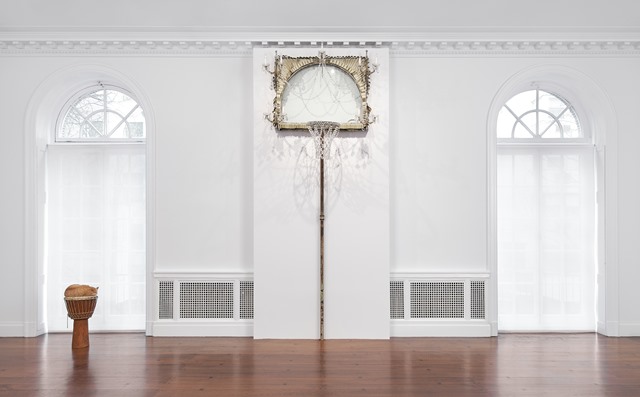
“David Hammons: Five Decades,” at Mnuchin Gallery. Photo by Tom Powel Imaging, courtesy of the gallery.
If we remember anything from the era of the 1990s culture wars, it should be this—art, its institutions and its supporters are so easily demonized and so rarely defended beyond the art world that we should reasonably expect this batch of Breitbart-backed, family values-pandering, fear-mongering conservatives to come for us with knives sharpened.
For those that believed that eight years of a black president and advances in racial and gender equality meant that the culture wars were coming to a close, think again. To riff on the gist of curator Nato Thompson’s remarkably timely book Culture as a Weapon, the Trump-victorious alt-right has evidently mastered the use of culture as “a twenty-first century weapon.”
The art world and its allies must fully recognize this now and prepare for the fight.